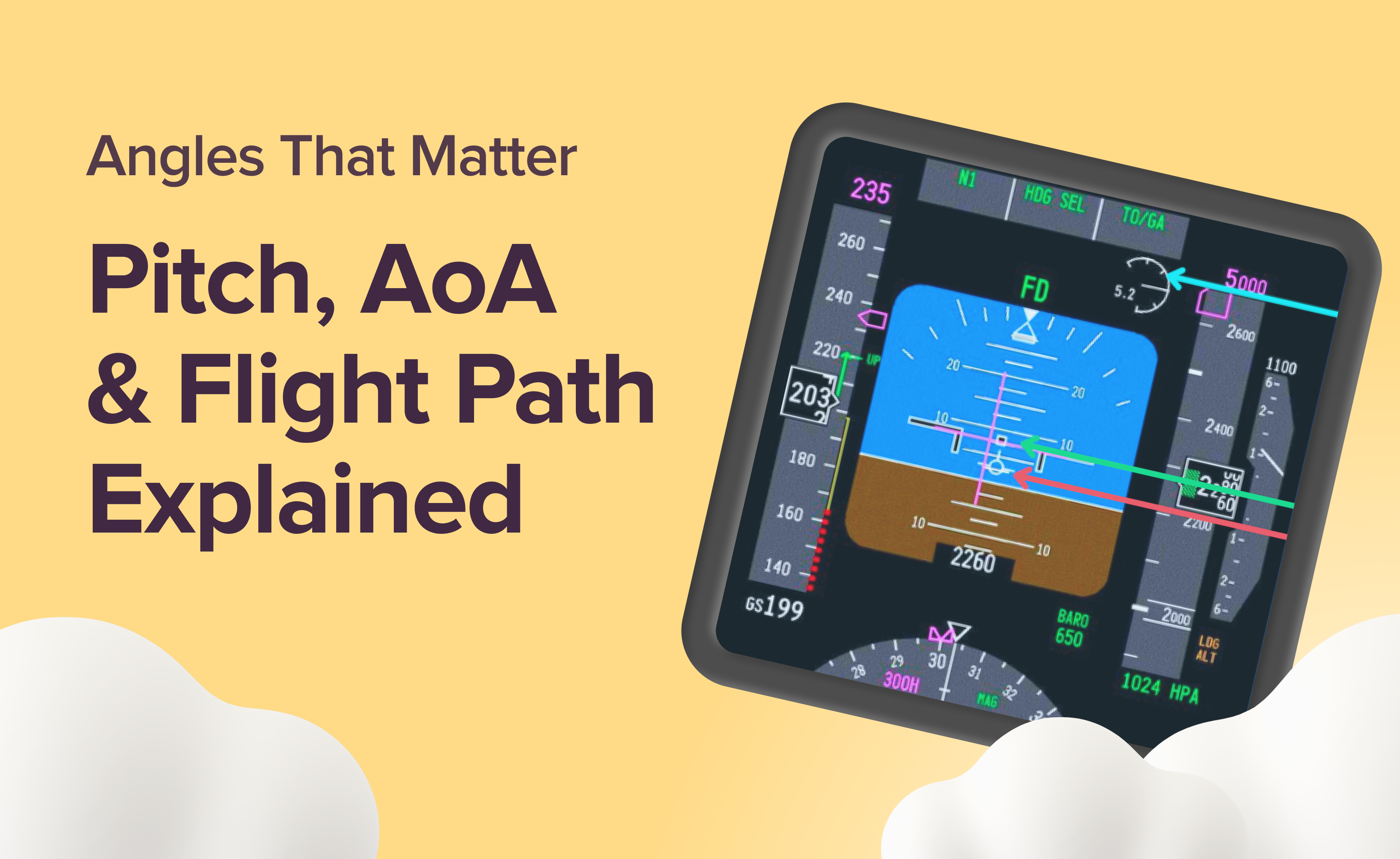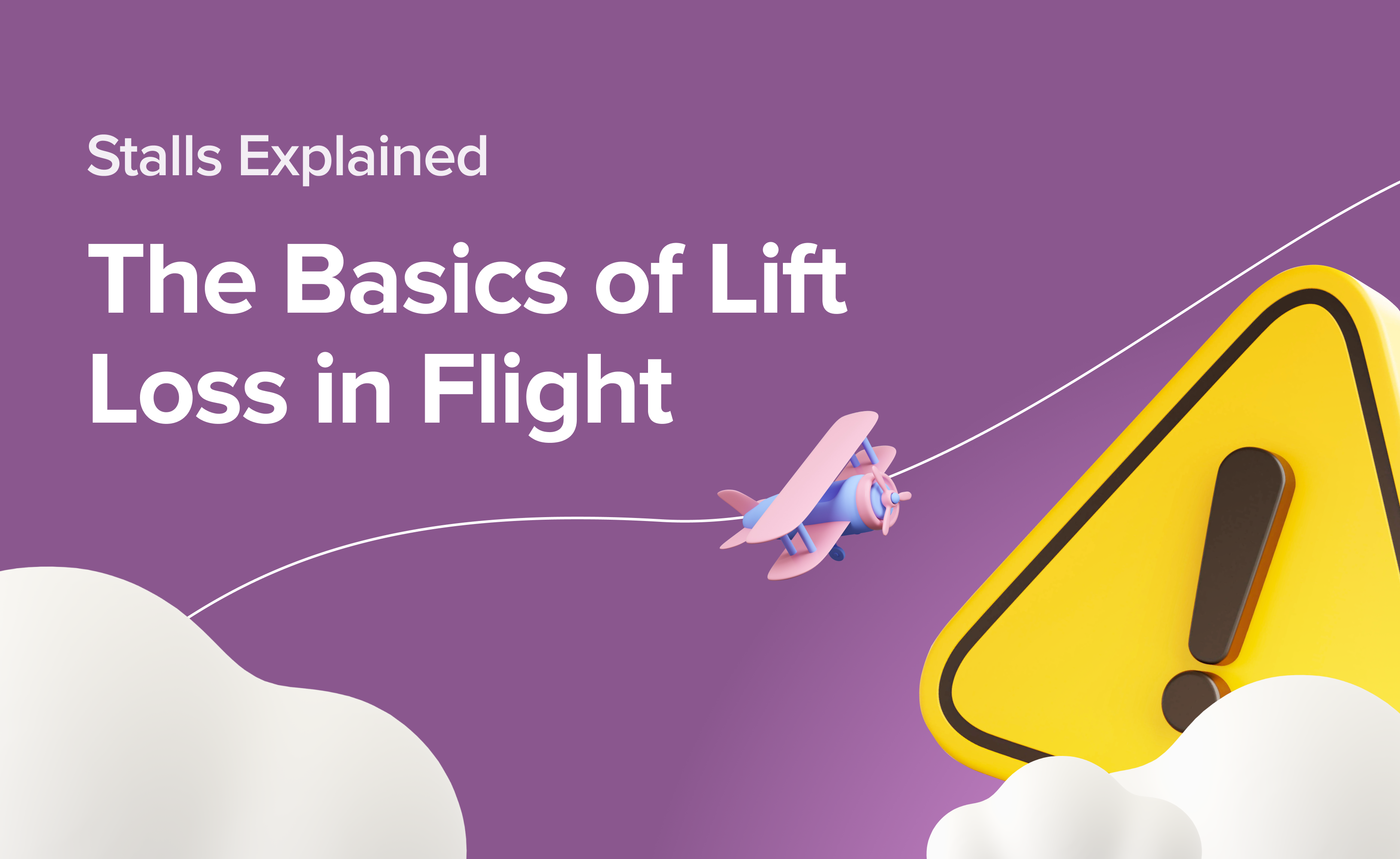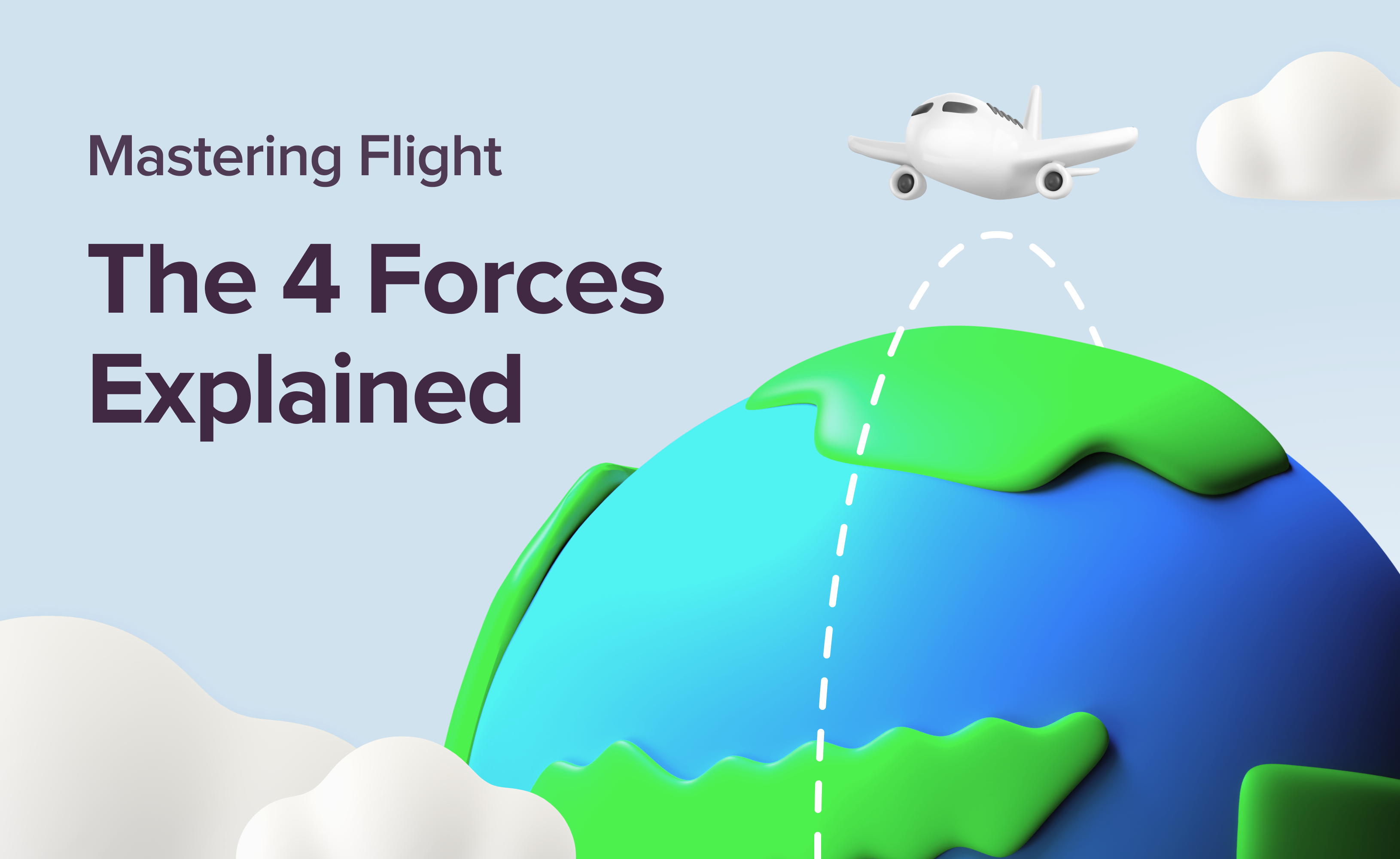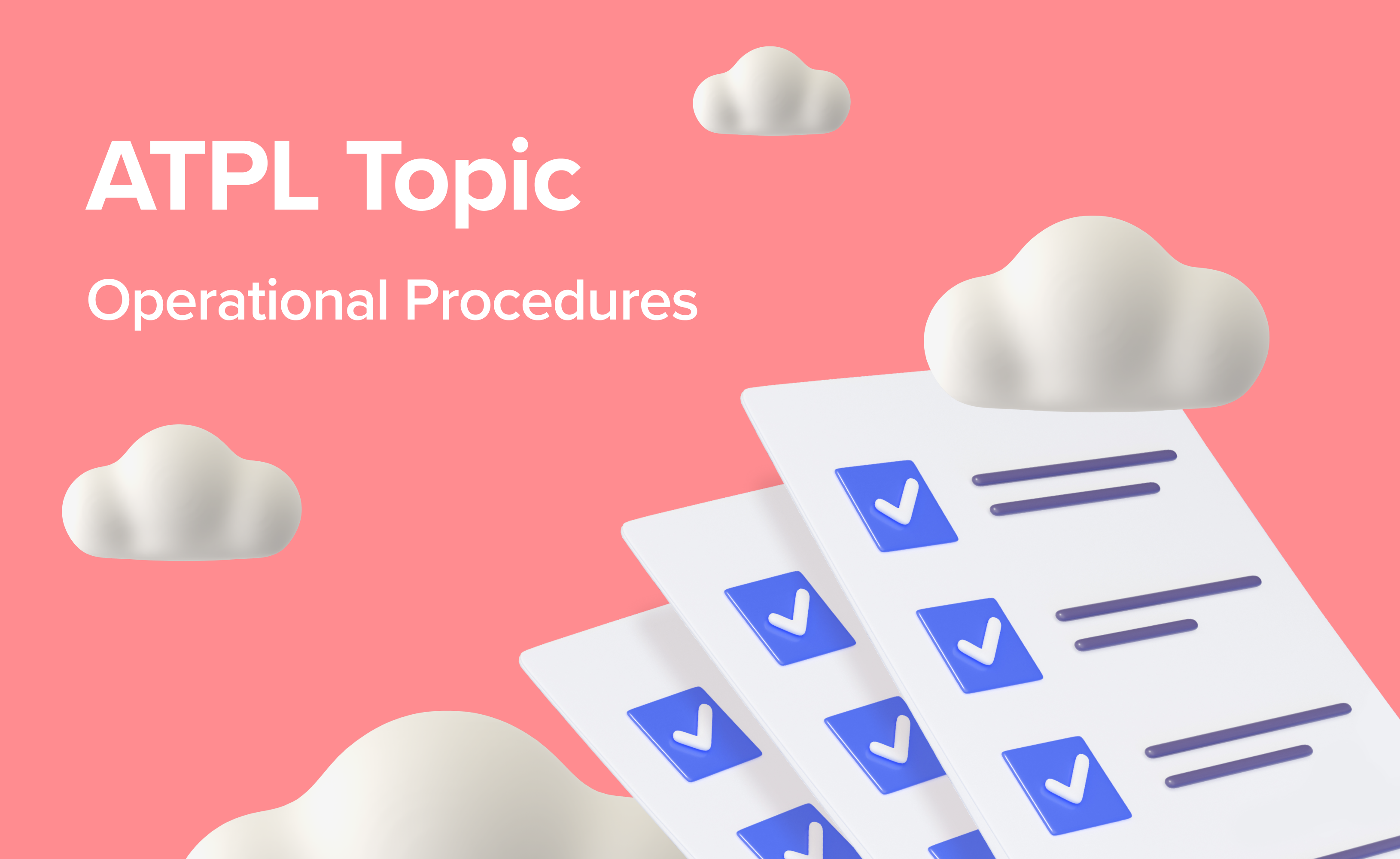Bucket List: 10 Aeroplanes Every Pilot Should Fly

You don’t get to choose your parents, and most of the time, you don’t get to pick the aeroplane you learn to fly in either. If your local flight school has an old, beat-up Cherokee, that’s what you’ll fly — whether you love Pipers or not. But after you earn your licence, one of the greatest thrills is getting checked out in, or at least logging time in, different types of aeroplanes. Many pilots find this even more exciting than earning new ratings. New aeroplanes offer fresh adventures, valuable lessons, and the best part — no more ATPL exams to pass!
So, what should you fly? Almost anything with wings! Strap in and go flying unless there’s a clear reason to doubt the design or condition. It’s all about the experience. Every aeroplane has a story to tell, but some are more significant and exciting than others. Here are 10 aeroplanes every pilot should aim to fly, or at least add to their bucket list. These aren’t necessarily the fastest or most cutting-edge aeroplanes, but they each represent key aviation milestones and help tell our industry's rich history.
1. Piper J3 Cub
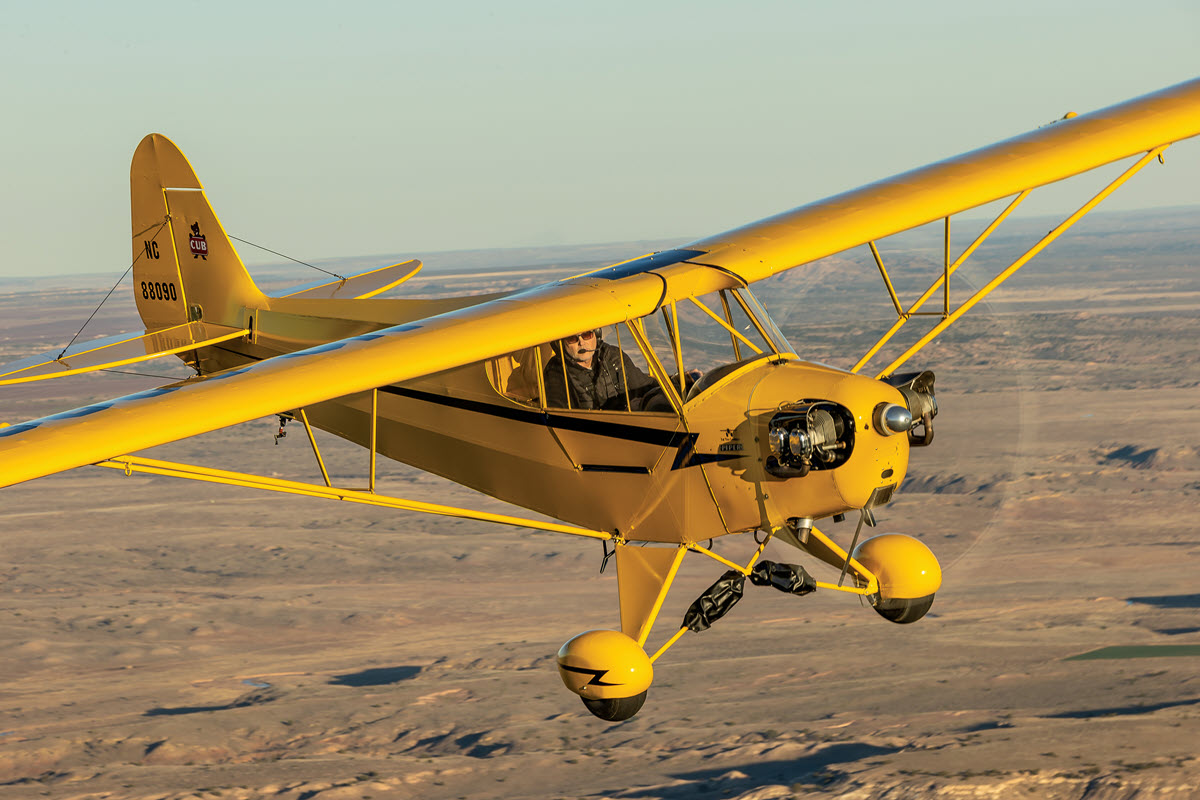
The Piper J3 Cub is more than just an aeroplane — it’s an aviation legend that almost single-handedly shaped general aviation in the U.S. This iconic yellow taildragger introduced an entire generation of pilots to the skies, and its influence is still felt today. In 1939, there were fewer than 35,000 pilots in the U.S., but by 1950, that number had soared to over 500,000. A big part of that growth? The Cub, which was often the first aeroplane many military and civilian pilots learned to fly.
Flying a Cub is like stepping back in time to the golden age of aviation. Its simplicity is what makes it so special: no fancy avionics or complex systems—just you, the aircraft, and the pure joy of flying. Whether you’re flying an original J-3 Cub, a fully restored version, or a modern recreation like the Carbon Cub. There's something magical about taking off from a grass runway in the late afternoon, the wind in your face, and the world slowing down beneath you.
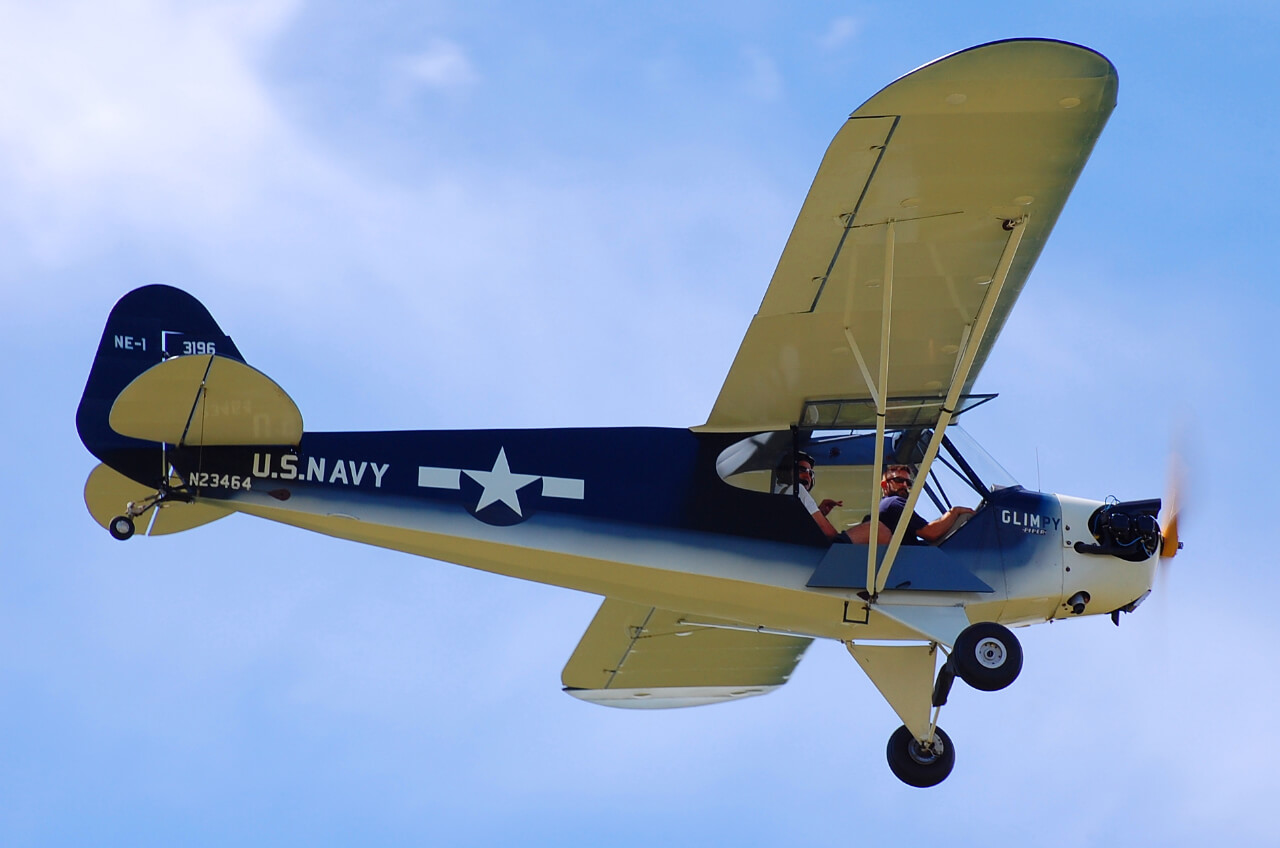
Mastering the Cub is no easy task, though. It’s a true stick-and-rudder aeroplane, where every landing in a crosswind can feel like an accomplishment. Yet, that’s exactly what makes it so rewarding. For any pilot, logging time in a Cub isn’t just about nostalgia—it’s about honing your flying skills in one of the purest, most unfiltered forms of aviation. It’s a must-fly for anyone serious about understanding the roots of general aviation.
Are you a licensed pilot ready to explore new horizons? Our blog post, 9 Unique Career Paths for Licensed Pilots, features exciting opportunities outside traditional airline flying.
2. Piper Cherokee
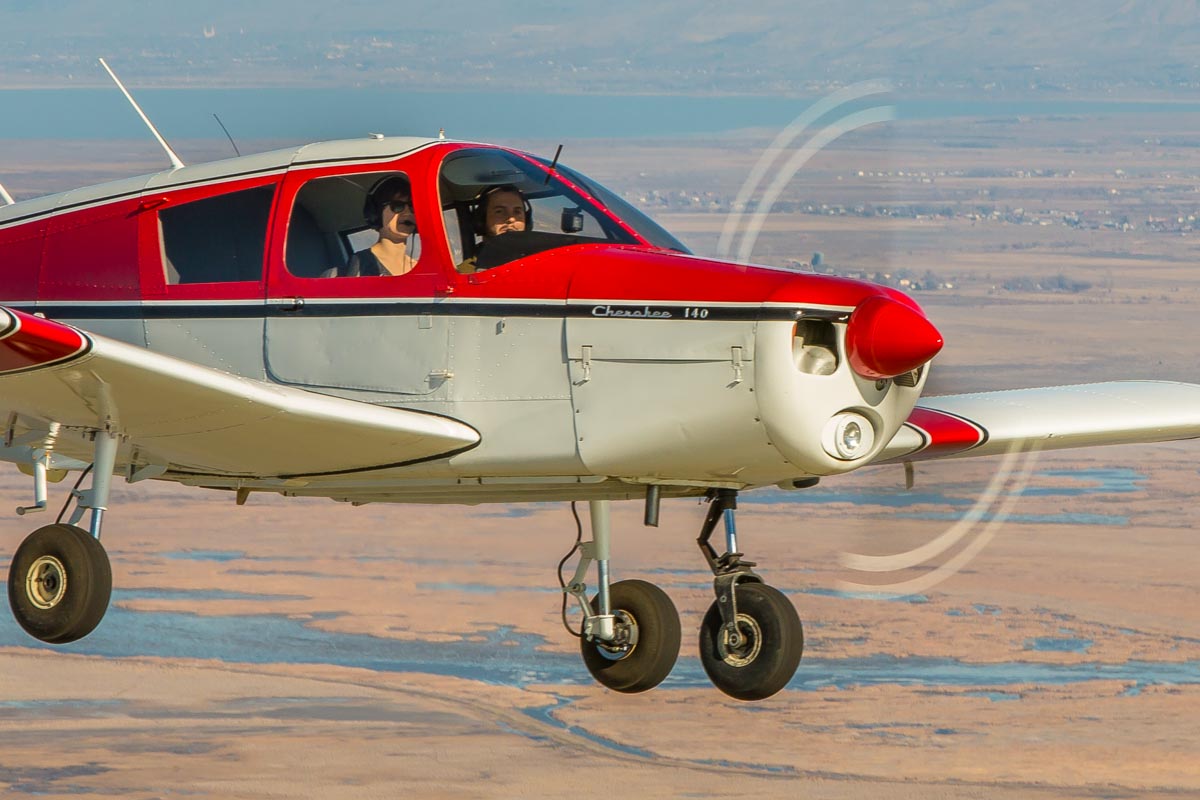
The venerable Piper Cherokee family, introduced in the 1960s, has been a mainstay in general aviation, producing over 32,000 aircraft in various models like the Warrior, Archer, and Arrow. It was Piper’s answer to the high-wing Cessna, designed to be a low-wing alternative that was both easier to build and maintain. The Cherokee’s all-metal, low-wing design offers good visibility in turns, making it a solid choice for both flight training and leisure flying.
One of the Cherokee’s strongest points is its versatility. From the 140, designed as a basic trainer, to the Archer, a more comfortable cross-country cruiser, the Cherokee has a model for almost every mission. The aircraft is known for its simplicity and durability, with a fixed landing gear and reliable Lycoming engines that are easy to work on.
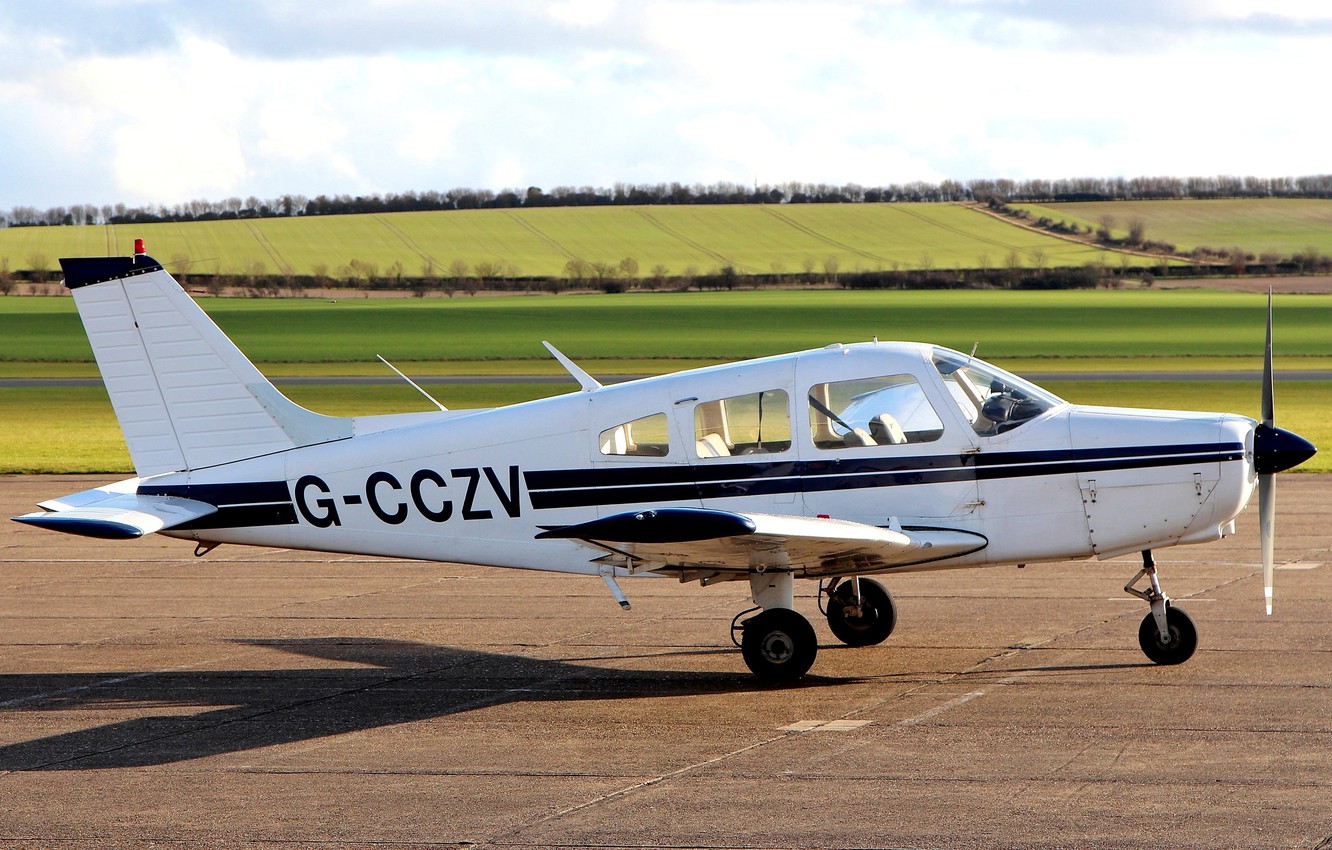
Pilots love the Cherokee for its predictable flight characteristics and the fact that it’s a forgiving aeroplane for both take-offs and landings, making it a fantastic trainer. The Cherokee may not be flashy, but its staying power in aviation speaks volumes about its practicality and reliability.
Experience the freedom of flight without breaking the bank. Read our blog post, Fly on a Dime: Get Airborne with Gliding, to learn more about gliding.
3. Piper Tomahawk

The Piper Tomahawk, introduced in 1978, was designed to compete directly with the Cessna 150/152 as a primary trainer. Piper took a bold approach with the Tomahawk, designing an aeroplane specifically based on input from flight instructors. The result was a low-wing, two-seat trainer with a more responsive feel than its competitors. Unlike the Cessna 152, which some considered a bit too forgiving, the Tomahawk was designed to demand more from student pilots.
One of the unique aspects of the Tomahawk is its handling. It features a T-tail configuration, which keeps the horizontal stabiliser out of the propeller’s airflow. This makes the Tomahawk feel different from other trainers during stall recovery and when operating at low speeds. Some pilots have nicknamed it the "Traumahawk" due to its less forgiving nature, but that’s also what makes it a valuable learning tool. The Tomahawk teaches discipline and attention to detail, qualities that every pilot should develop early on.

While it faced some criticism during its early years for stall-spin accidents, many of these issues were later addressed, and the aeroplane remains a popular choice for flight schools that want to prepare students for more demanding aircraft. Its crisp, precise handling makes it a favourite for pilots looking to sharpen their skills beyond basic flying. Plus, with a relatively low purchase price and affordable maintenance, the Tomahawk is an attractive option for those looking to own their first aeroplane.
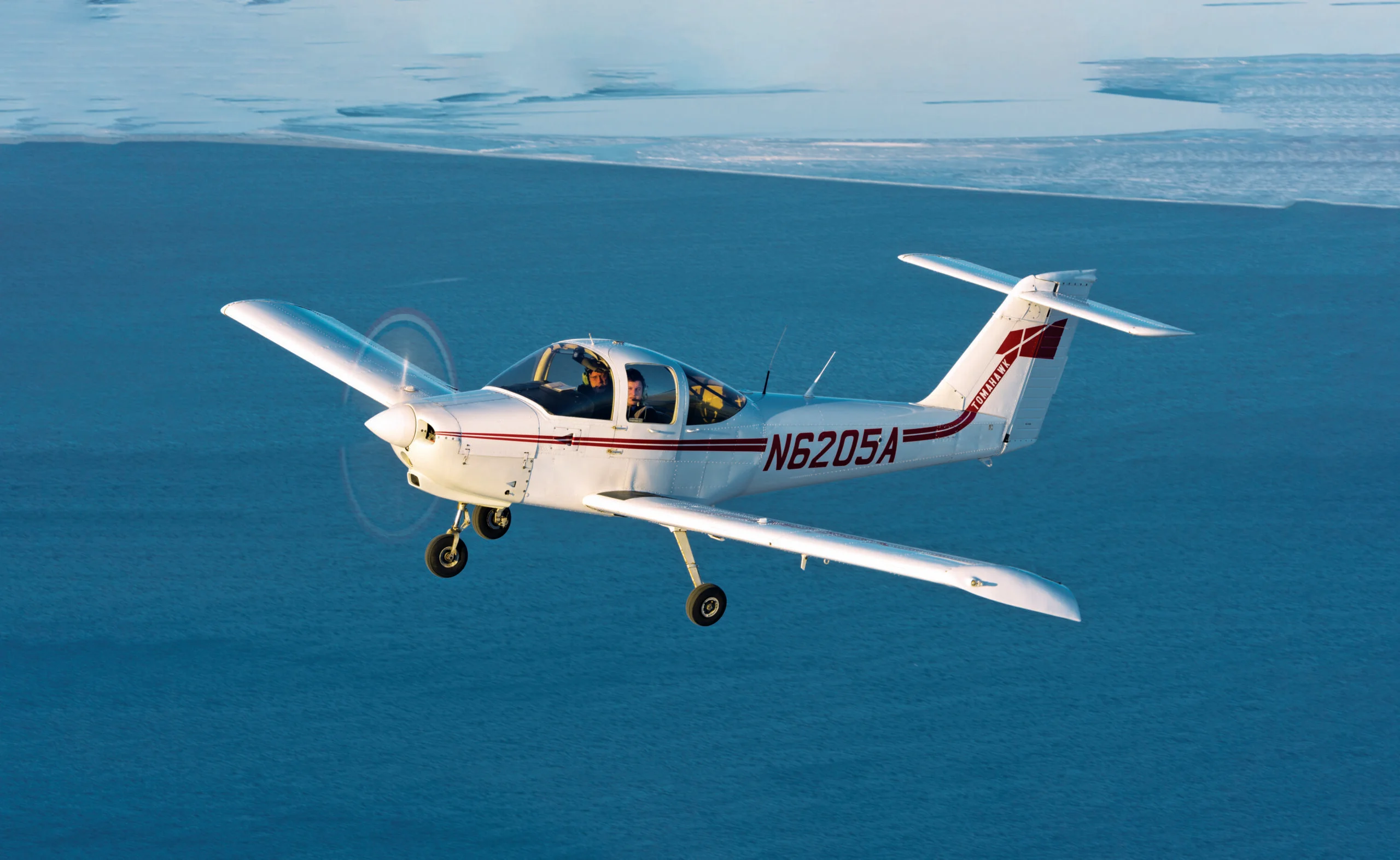
Prepare to be amazed! Dive into our latest blog post, Beyond Belief: 8 True Aviation Tales, for incredible stories that will leave you in awe.
4. Beech Bonanza

The Beechcraft Bonanza became the symbol of general aviation’s resurgence in the 1960s. After the slow recovery of the post-war years, the Bonanza stood out as a sleek, modern aircraft that embodied speed, style, and innovation. With its retractable landing gear, low-wing design, and powerful engine, flying a Bonanza was like driving a luxury sports car in the skies. When you showed up in a Bonanza, you weren’t just flying—you were making a statement.
Beyond its undeniable style, the Bonanza also represented a shift in the aviation world. It wasn’t just about local hops around the airport any more—this aircraft had the range, performance, and reliability to be a personal airliner, capable of cross-country trips in comfort and speed. Businessmen and families alike embraced the Bonanza for its ability to cover long distances while maintaining the ease and safety of a personal aircraft.
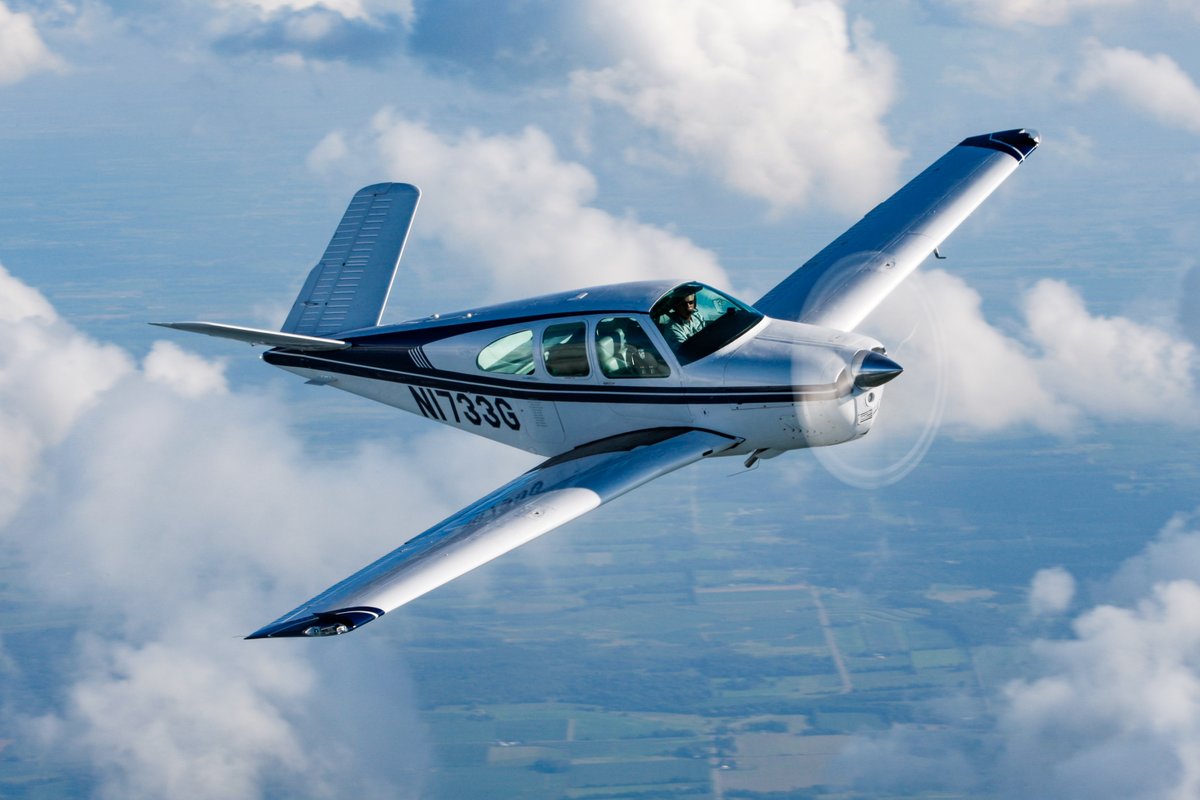
Fast-forward more than half a century, and the Bonanza is still a benchmark in personal aviation. You can buy a brand-new one today, or find 50-year-old models still flying IFR routes and chasing weekend getaways. The V-tail models, in particular, have become iconic, known for their distinctive design and loyal following. Flying a Bonanza today feels like stepping into aviation history with the heart of a modern machine—responsive controls, solid performance, and an undeniable sense of class. It’s an aeroplane that defines what personal aviation was meant to be, and it’s still as exhilarating to fly as ever.
From classic to contemporary, there's a stunning airline livery for every aviation lover. Explore our curated list in Beyond the Basic: 20+ Stunning Airline Liveries.
5. Cessna 172 Skyhawk
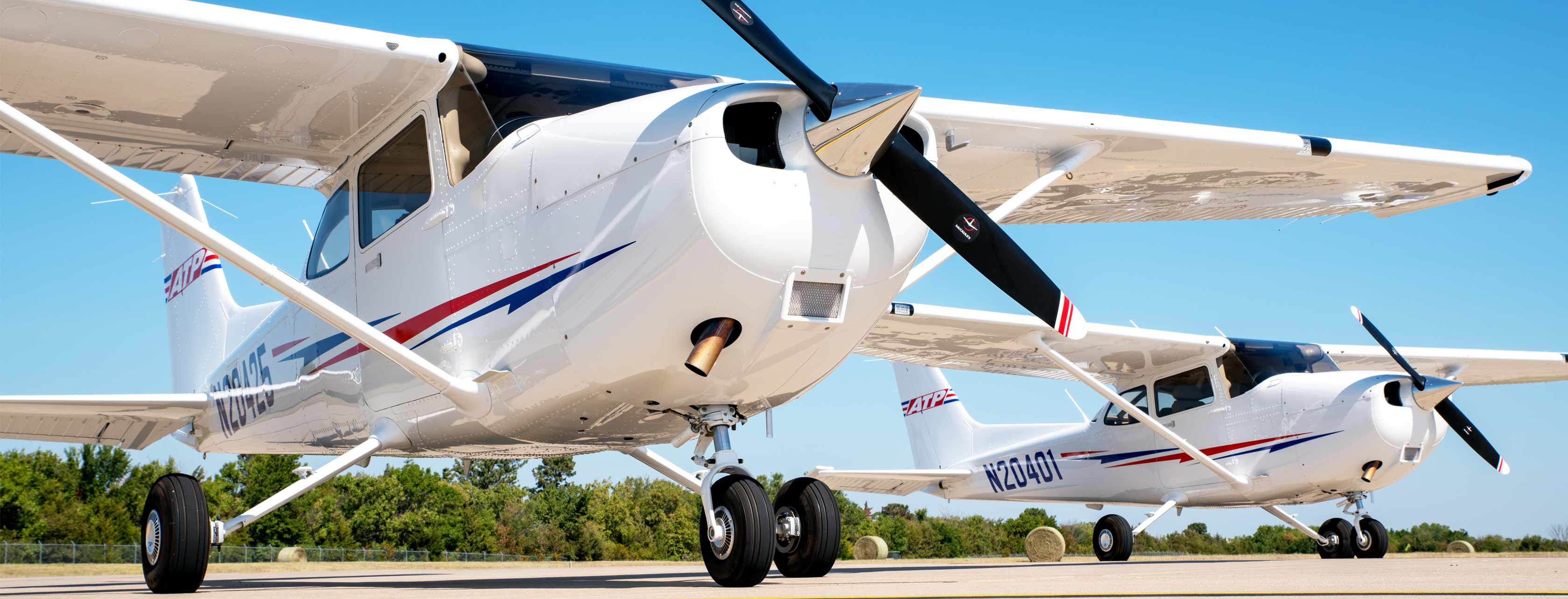
The Cessna 172 Skyhawk is the world’s most-produced aircraft, with more than 44,000 built since its introduction in 1956. The 172 has also become a symbol of the golden age of general aviation in the 1960s and 70s, when flying was becoming mainstream, and Cessnas were featured on TV shows and in popular culture.
This single-engine, high-wing aeroplane is known for its rock-solid stability, ease of handling, and almost bulletproof design. It’s the ultimate trainer because it lets student pilots make mistakes without getting them into too much trouble. Its docile nature and gentle stall characteristics make it forgiving, which is why it’s the backbone of flight schools around the globe.
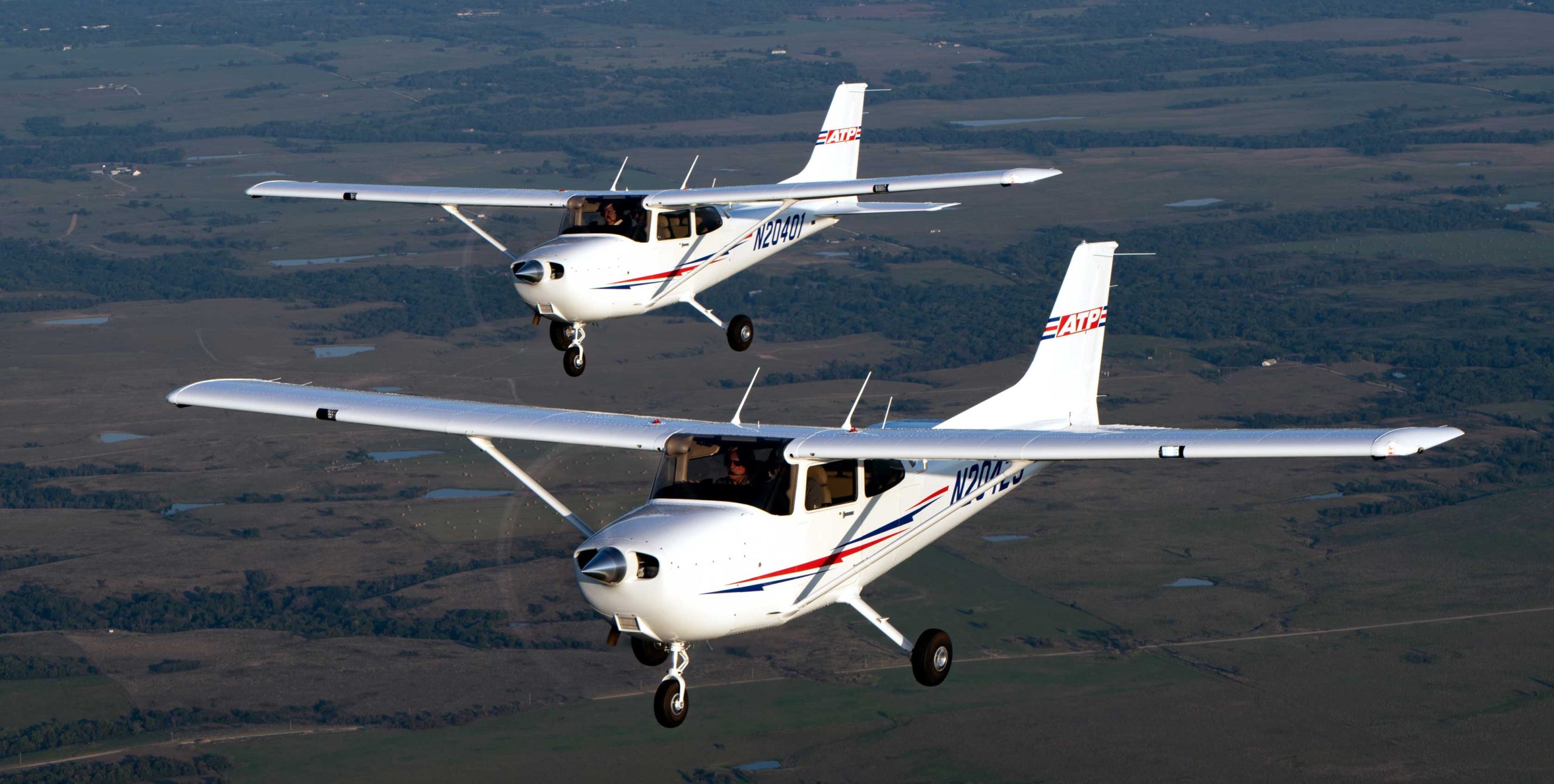
But the Skyhawk isn’t just for students. It’s an extremely versatile aircraft, capable of short cross-country trips, basic instrument flying, and even the occasional light cargo mission. While it might not be the fastest (cruising at around 120 knots), it’s the dependable nature that makes it a favourite for pilots at all levels. The 172 also holds a special place in history for setting the world record for a continuous flight in 1958, staying airborne for 64 days, with refuelling done in flight! For anyone learning to fly or just wanting a reliable, simple-to-maintain aeroplane, the Skyhawk is a must-fly.
6. Cirrus SR22
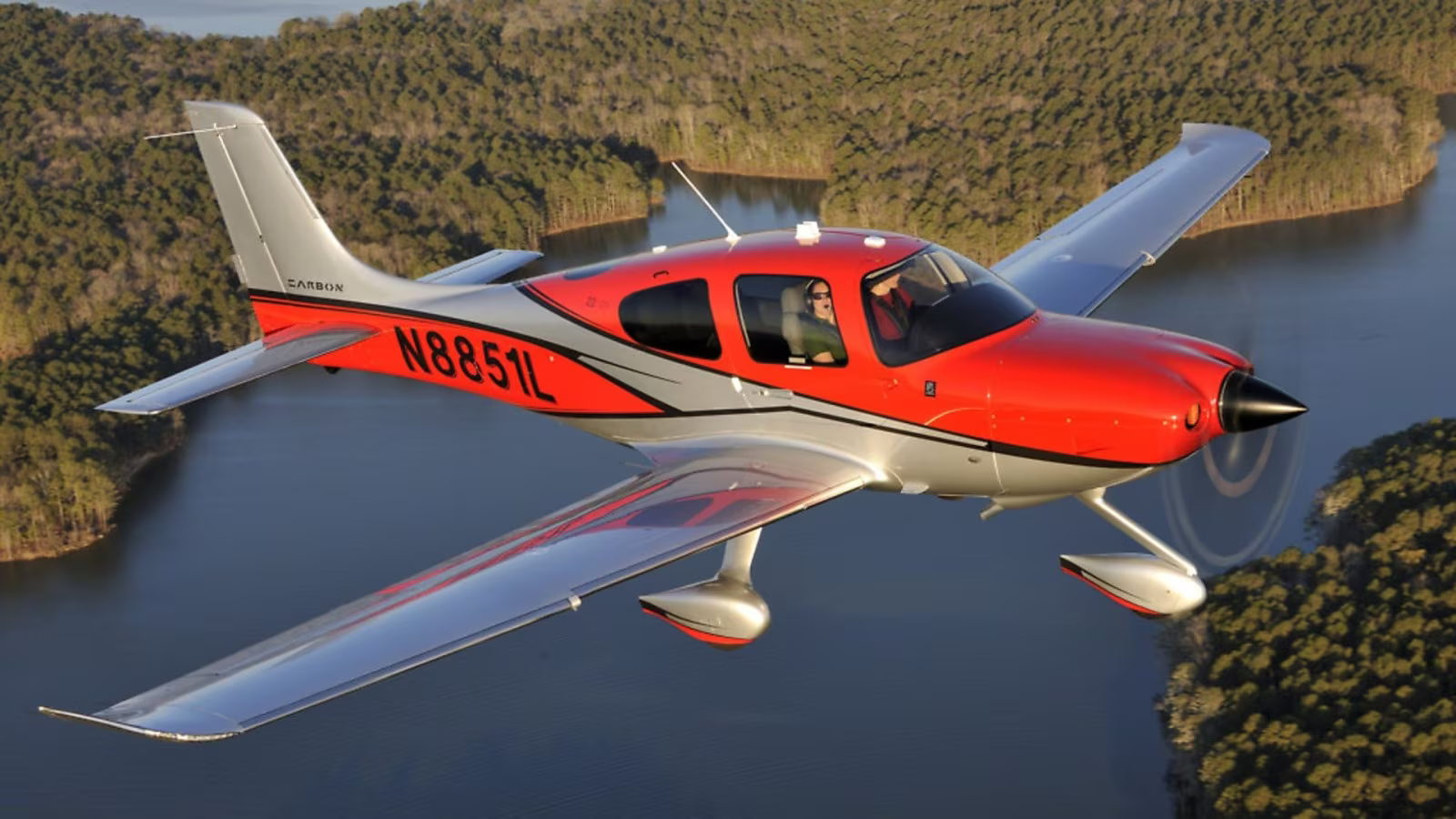
In the late 1990s, the future of personal aviation was uncertain, but the arrival of the Cirrus SR20 in 1999 signalled a new era of modern flying. With features like a built-in parachute system, fixed gear, and an advanced glass cockpit, the SR20 was a game-changer. Cirrus took it a step further with the SR22, which has since become one of the most sought-after aircraft for both private pilots and flying enthusiasts. While many were initially sceptical about the design, Cirrus quickly proved its worth, delivering thousands of SR22s and creating an aviation powerhouse.
The Cirrus SR22 is everything you could want in a modern aeroplane — fast, safe, and comfortable. Its combination of speed (with a cruise around 180 knots), advanced avionics, and luxurious cabin make it a top choice for pilots who want both performance and style. The integrated Cirrus Airframe Parachute System (CAPS) gives pilots and passengers an added layer of safety, making it a popular choice for families and cross-country travel.

Not only is it a joy to fly, but passengers love the smooth ride and high-tech feel. If you ever get the opportunity to log time in an SR22, don’t hesitate — it lives up to the hype and represents the future of personal aviation. With features like air conditioning, de-icing capabilities, and a G1000 avionics suite, flying the SR22 feels like cruising in a high-performance luxury car, but in the sky.
7. Van’s RV Series
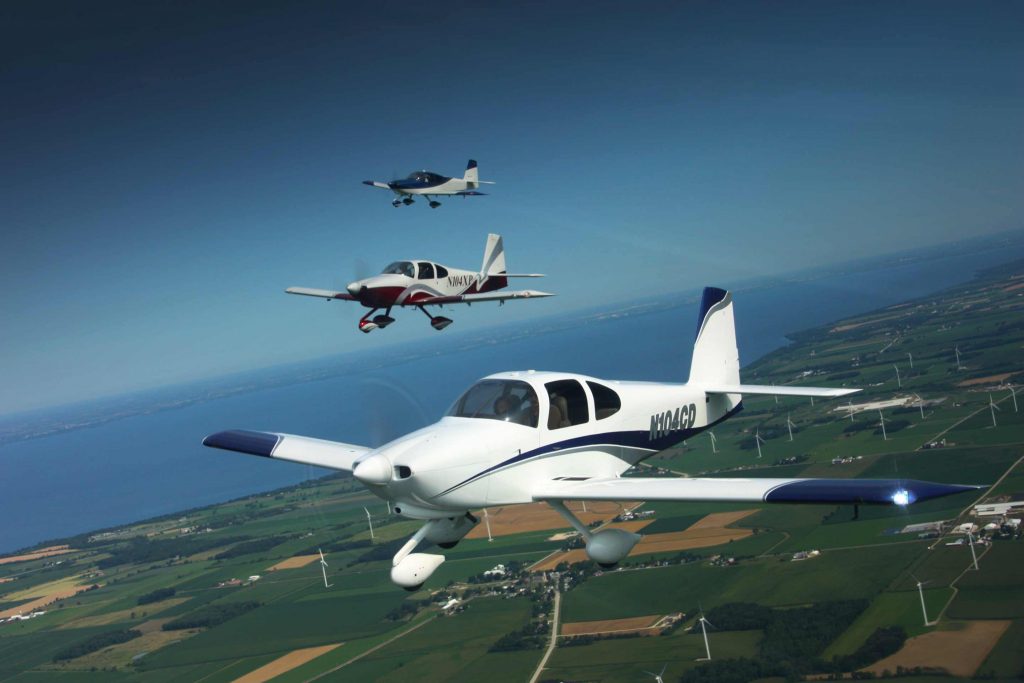
When it comes to recreational flying, the Van’s RV Series has taken the aviation world by storm. As certified aeroplanes have become increasingly expensive, Van’s homebuilt aircraft offer a unique and affordable alternative without compromising performance or fun. The RV Series combines outstanding flight characteristics with lower operating costs, making them incredibly popular for everything from leisurely weekend flights to serious cross-country adventures.
Van’s has a model for every kind of pilot. The RV-12, for example, is a light sport aircraft that’s light on weight but heavy on fun, perfect for pilots who want a nimble, easy-to-fly aeroplane. The RV-10, on the other hand, is a four-seater with solid cross-country performance, often considered a half-price alternative to the Cirrus SR22. And for those looking for excitement, the RV-8 delivers aerobatic thrills without the high operating costs of a certified aerobatic aircraft.
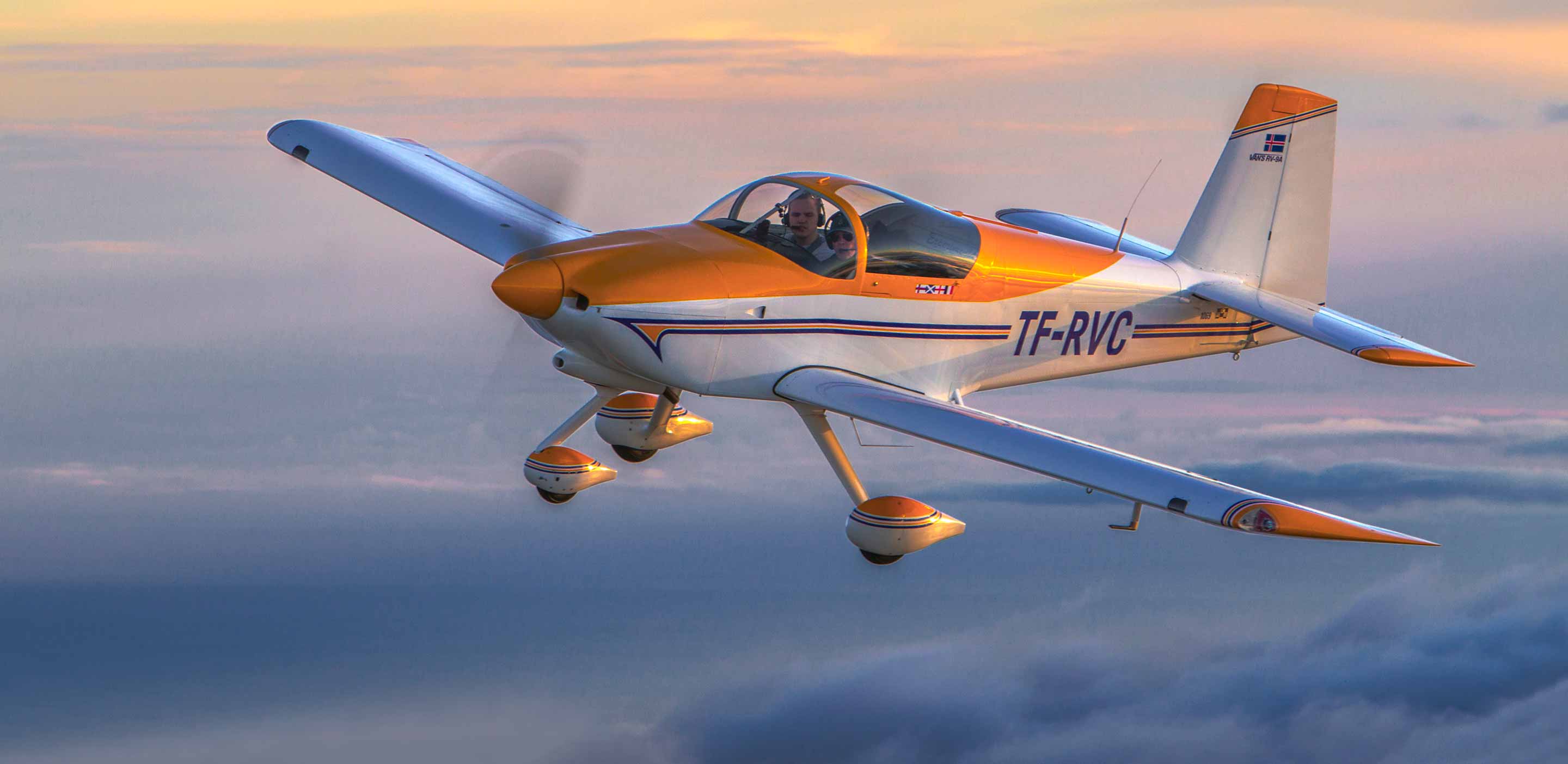
What makes Van’s aircraft so appealing is the combination of great flying qualities and cost-effectiveness. They’re typically quicker and more responsive than certified aeroplanes. The RV Series also gives you a chance to customise your aircraft — whether you build it yourself or buy one pre-built, you can fit it with the latest avionics and safety features. If you’re passionate about flying and looking for a high-performance aircraft that doesn’t break the bank, trying a Van’s RV should be at the top of your list.
8. de Havilland Tiger Moth
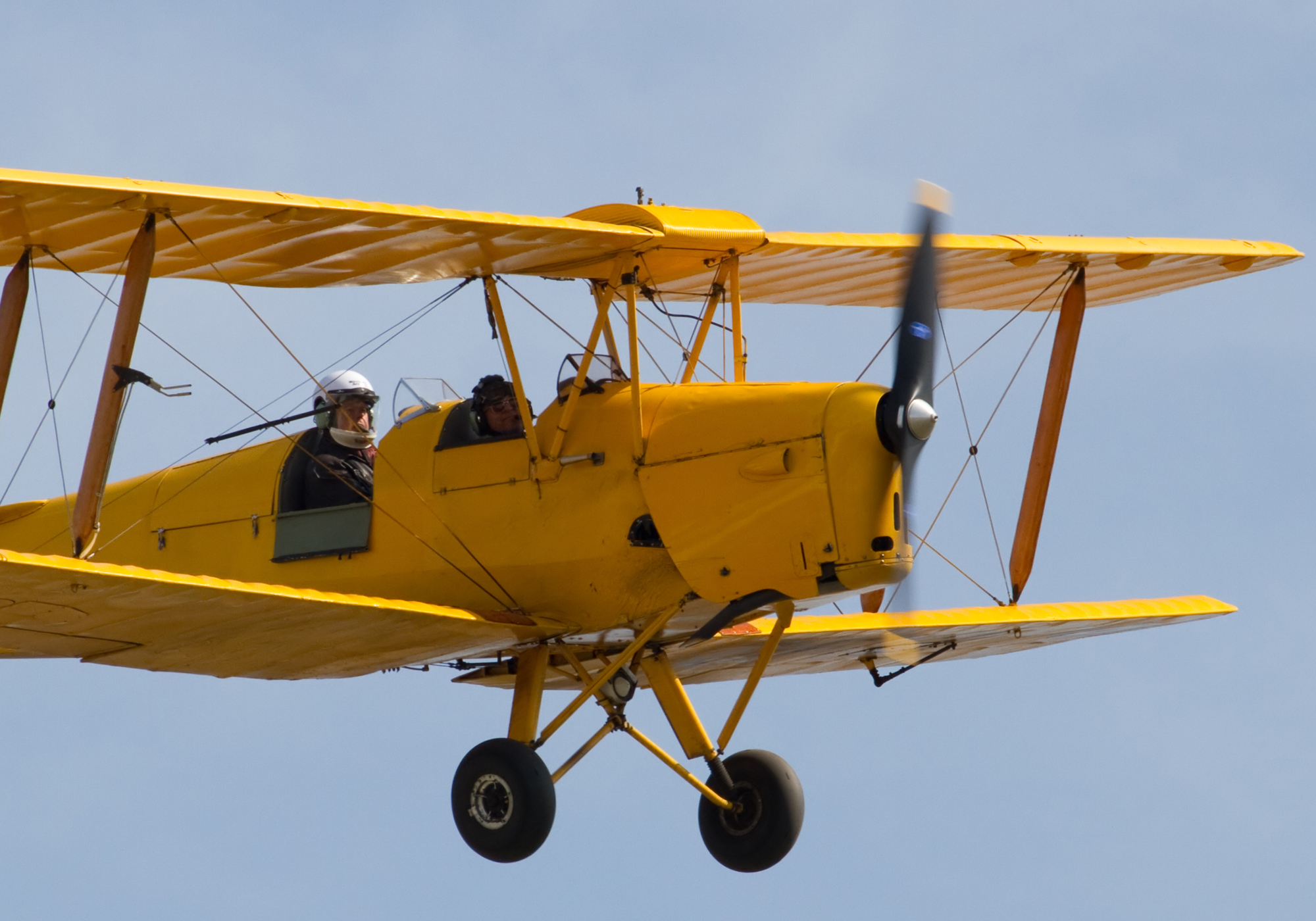
The de Havilland Tiger Moth is an iconic biplane that first took to the skies in 1931, designed as a primary trainer for the Royal Air Force. With over 8,800 built, the Tiger Moth became synonymous with military flight training during World War II, and its design played a crucial role in preparing thousands of pilots for combat. Its open-cockpit, fabric-covered frame makes it feel like stepping into a piece of aviation history. The experience is completely immersive, with the wind in your face and nothing but basic instruments and controls.
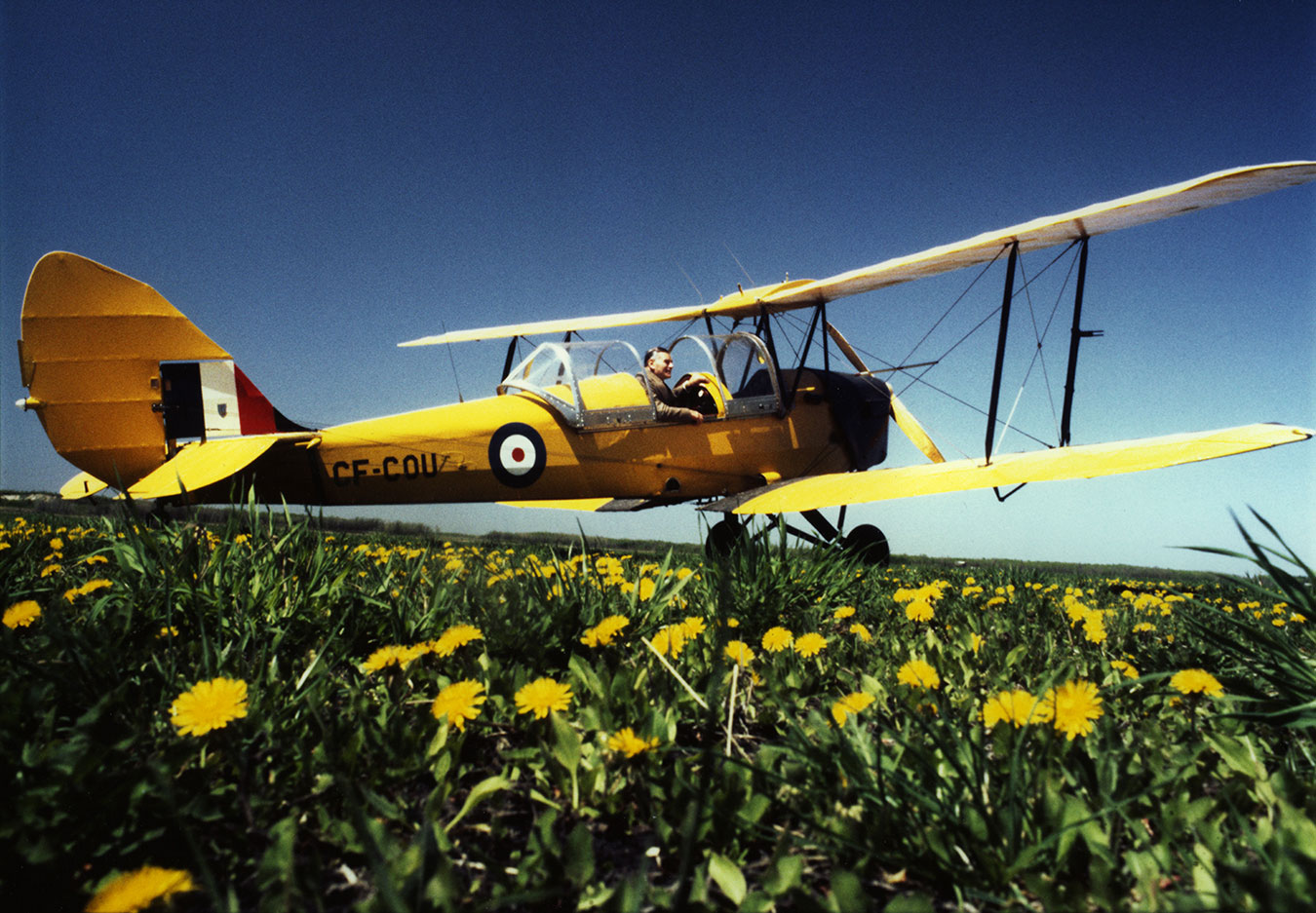
What makes the Tiger Moth especially interesting is its demanding flight characteristics. While modern aeroplanes like the Cessna 172 are built to be stable and forgiving, the Tiger Moth is quite the opposite. It requires constant attention and skill to manage, particularly in tailwheel operations and crosswind landings. Flying it is a true stick-and-rudder challenge, and mastering it is a point of pride for any pilot.

Despite being almost 100 years old, Tiger Moths are still flown at air shows and used for joyrides, offering pilots a rare chance to experience the early days of aviation first-hand. Its lightweight structure and slow, deliberate controls offer a stark contrast to modern trainers, making it an essential experience for anyone interested in the history and fundamentals of flight.
From vintage aircraft to groundbreaking technology, Europe's aviation museums have it all. Explore our guide, Wings of History: 12 Must-See Aviation Museums Across Europe, to plan your next adventure.
9. Diamond DA40

The Diamond DA40 combines modern technology, excellent performance, and safety features, making it one of the most popular modern training and cross-country aeroplanes in the world. Known for its sleek composite design and incredible fuel efficiency, the DA40 offers pilots a perfect balance of speed, comfort, and cutting-edge avionics — like Garmin G1000 glass cockpits.
One of the standout features of the DA40 is its safety record. With impressive handling and a forgiving flight profile, it’s a favourite among both student pilots and experienced aviators looking for a reliable cross-country machine. Its light control inputs, visibility, and stable flight characteristics make it a joy to fly, particularly for those transitioning from more traditional aircraft like the Cessna 172.
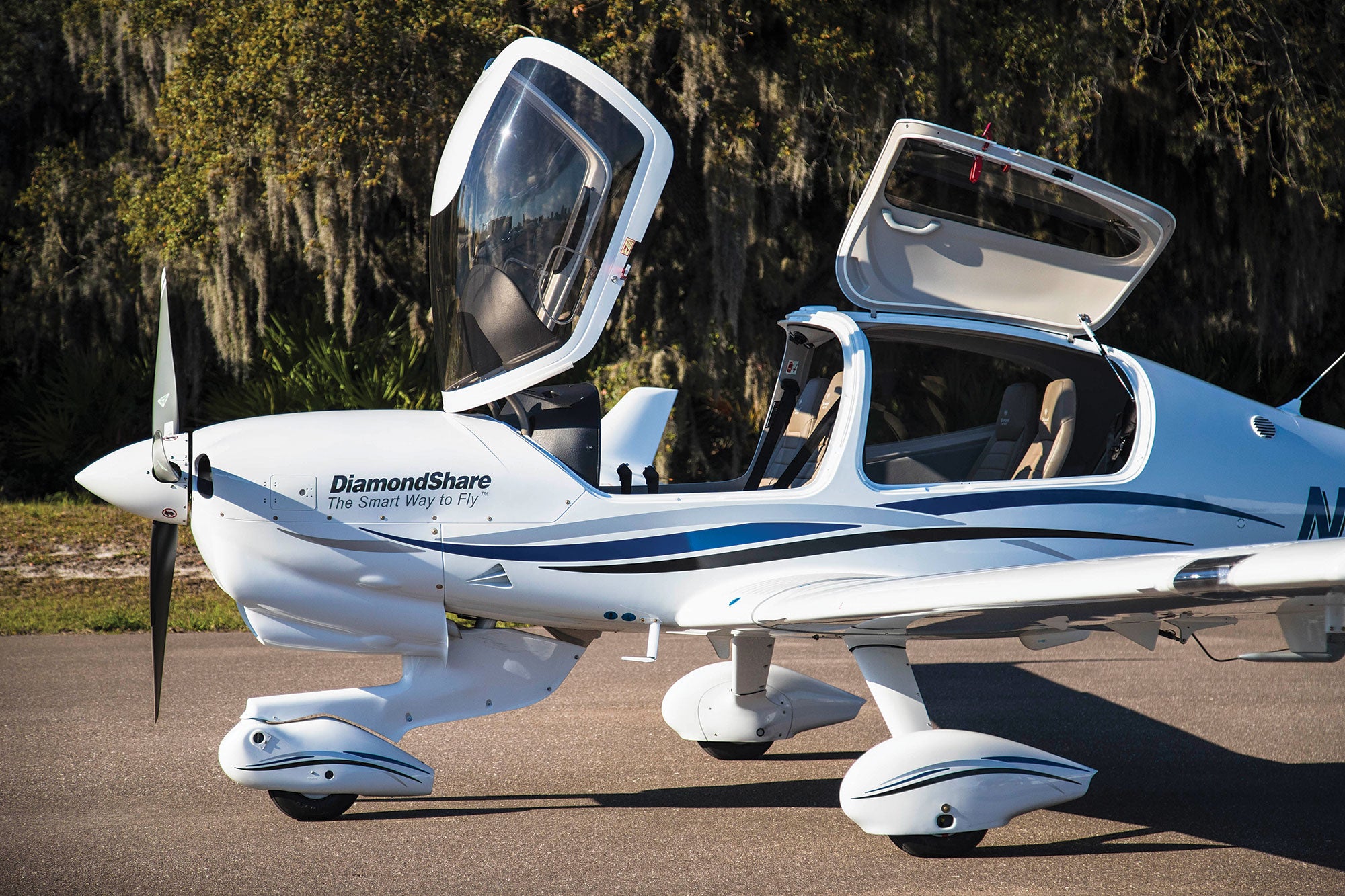
The Diamond DA40 is also known for its remarkable fuel efficiency, making it not only fun but cost-effective to fly. With a cruise speed of around 140 knots and a range of over 700 nautical miles, it’s perfect for long cross-country trips, while still being responsive enough for training purposes. Whether you're flying for fun or logging time for advanced ratings, the DA40 is a must-experience aircraft for any modern pilot.
10. Light Jets
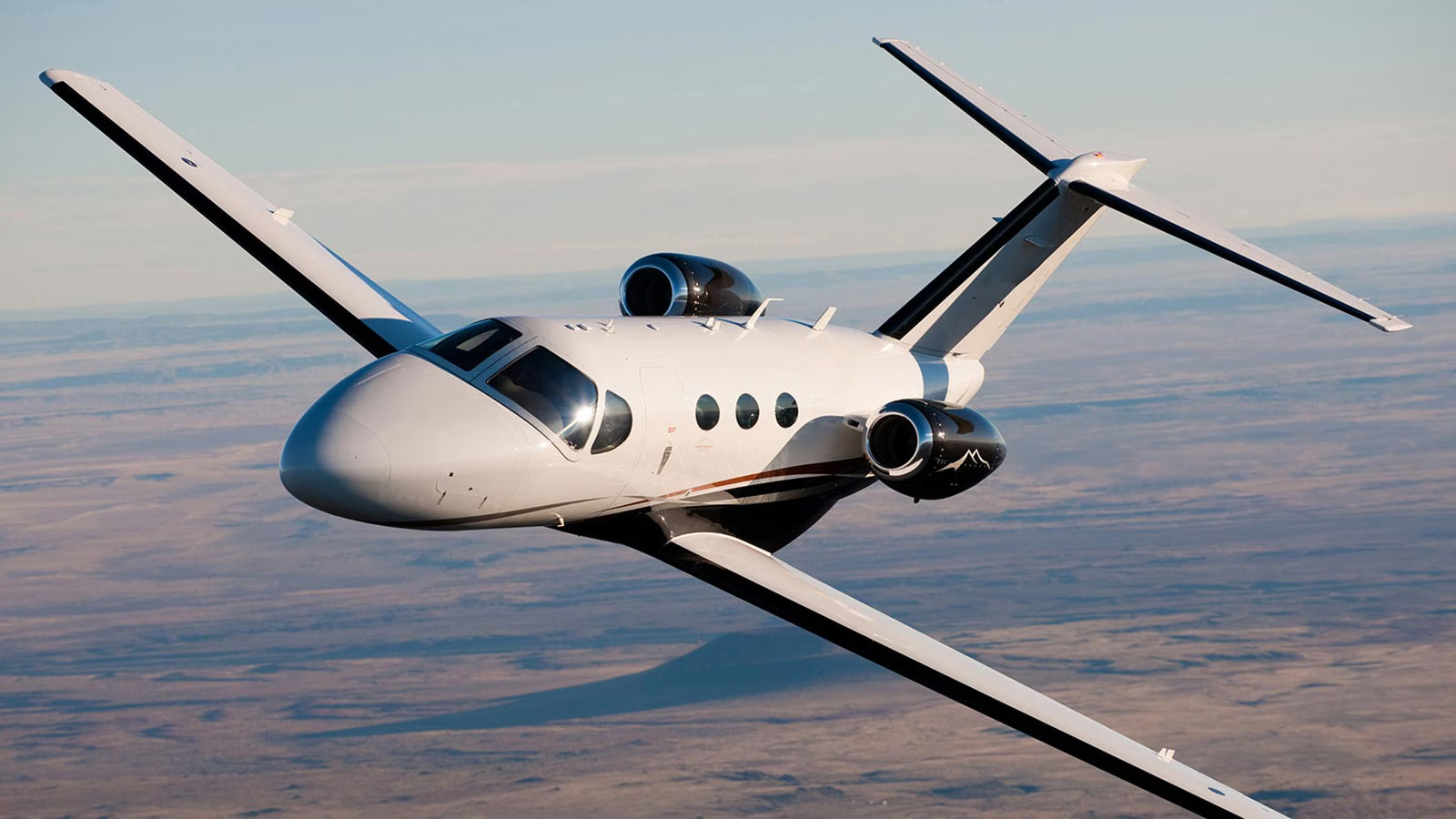
For extra credit, consider logging some time in a light jet. While they’re certainly expensive and overkill for VFR flying, the advanced technology and ease of operation in these aeroplanes are truly impressive. Light jets, like the Cessna Citation Mustang or Embraer Phenom 300, offer cutting-edge features such as FADEC (Full Authority Digital Engine Control), autopilot systems that practically fly the plane for you, and advanced avionics suites that make navigation a breeze. They also have luxuries like pressurised cabins and de-icing capabilities, allowing you to fly at higher altitudes in comfort.
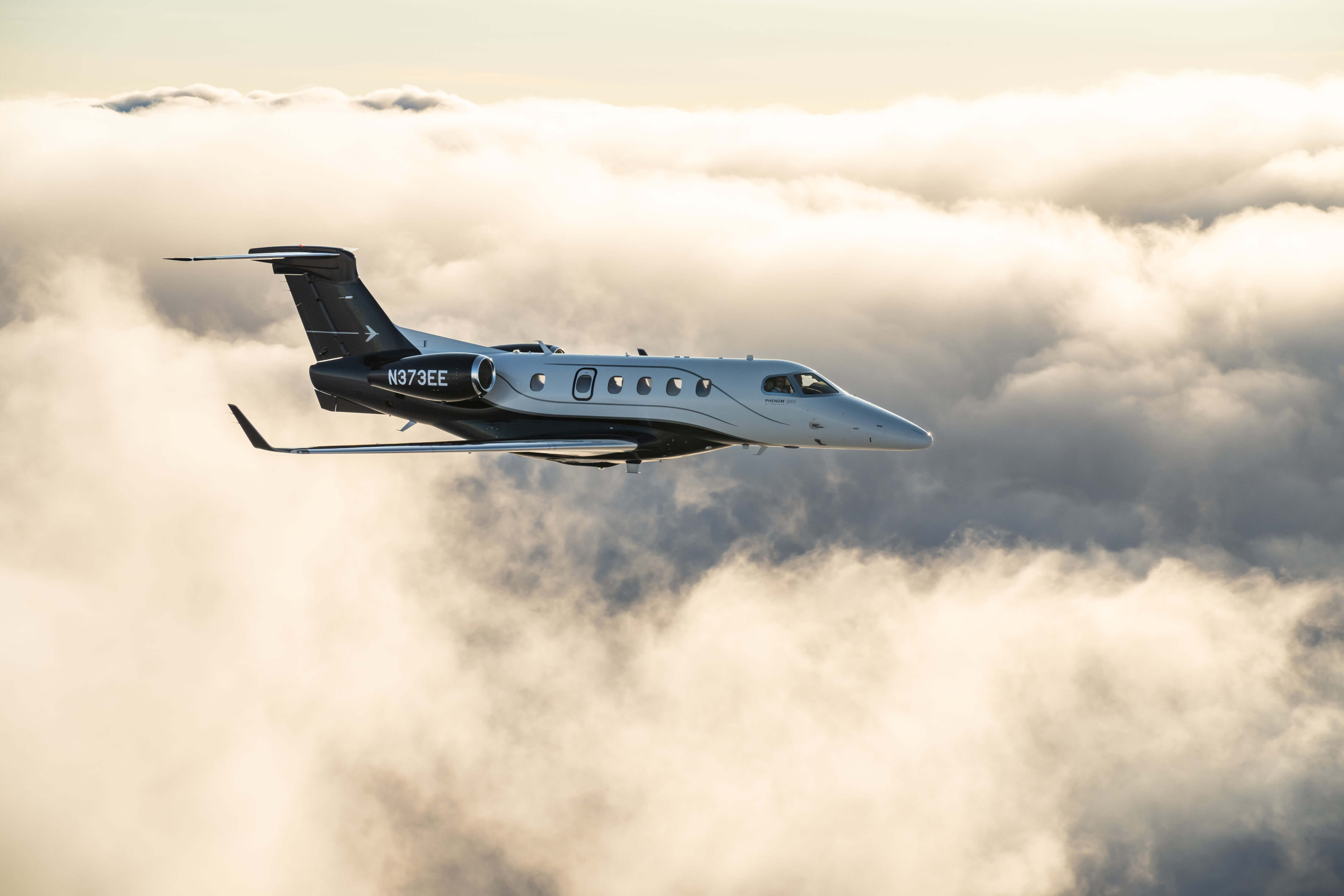
The performance is remarkable too. You’ll be cruising at speeds above 300 knots and at altitudes well over 30,000 feet, well beyond the capabilities of most general aviation planes. And yet, despite their speed and complexity, many light jets are certified for single-pilot operations, meaning they’re designed to be manageable even for a single, well-trained pilot.
If you ever get the chance to fly or ride in one, take it — it’s a unique blend of performance, luxury, and modern aviation technology that will give you a glimpse into the future of flying. It's an experience that will leave you amazed at how far personal aviation has come.

Airhead's Takeaway
Whether you’re chasing the thrill of flying a vintage Piper Cub, enjoying the modern luxury of a Cirrus SR22, or embracing the versatility of a Cessna 172, each aeroplane brings its own lessons and joys. For any pilot, experiencing a variety of aircraft broadens your skills, deepens your appreciation for aviation, and connects you to the heritage and future of flight. So, whether you’re logging time in a Beech Bonanza, exploring the possibilities of a Van’s RV, or diving into the world of light jets, make it a priority to add these must-fly aeroplanes to your logbook — it’s a journey well worth taking.







